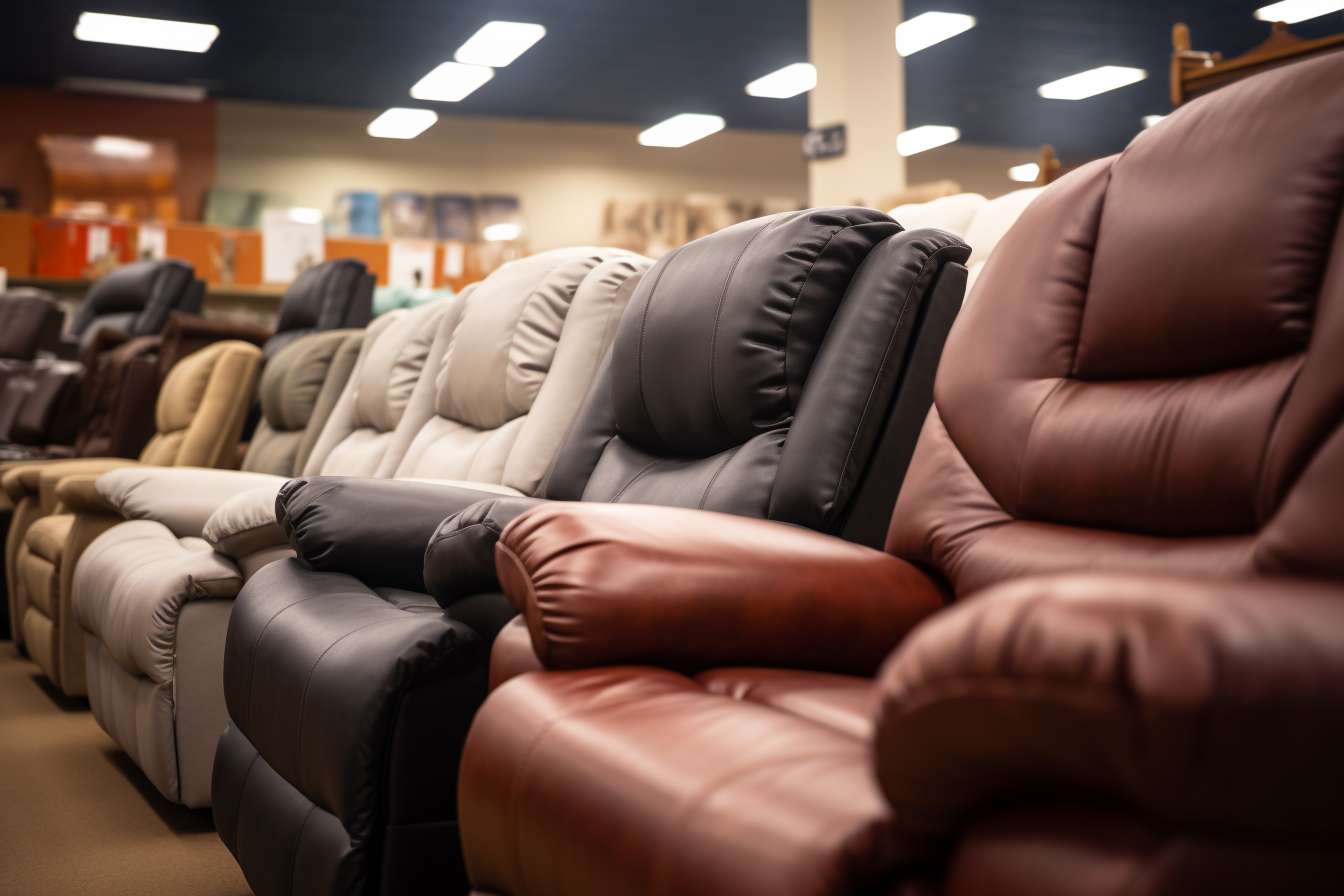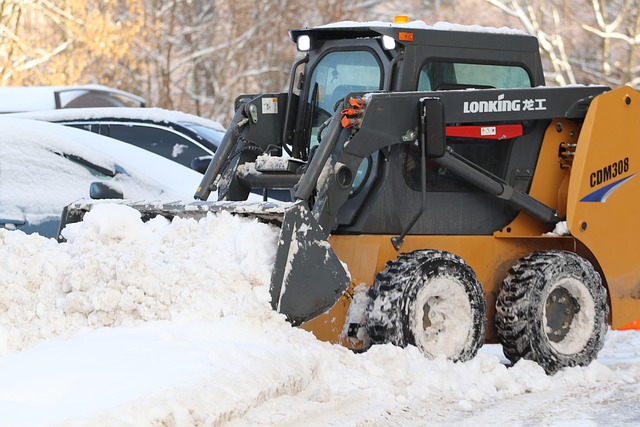Explore spray foam insulation: A new technology to keep buildings warmer in winter and cooler in summer
Spray foam insulation represents a modern approach to building thermal management that has gained significant traction in the construction and renovation industries. This polyurethane-based material expands upon application, creating an air-tight seal that helps maintain consistent indoor temperatures throughout the year. Unlike traditional insulation materials such as fiberglass batts or cellulose, spray foam creates a continuous barrier that addresses both thermal bridging and air infiltration issues simultaneously.

What is Spray Foam Insulation?
Spray foam insulation is a chemical mixture that combines polyol resin and isocyanate to create a foam material. When these two components mix at the spray gun tip, they undergo a chemical reaction that causes the mixture to expand rapidly, typically increasing in volume by 30 to 60 times its original liquid state. This expansion allows the material to fill gaps, cracks, and irregular spaces that traditional insulation methods often miss.
The installation process involves professional-grade equipment that heats the chemical components to optimal temperatures before mixing and spraying them onto surfaces. The foam adheres to most building materials including wood, metal, concrete, and drywall, creating a seamless insulation layer that conforms to the unique contours of each space.
Understanding Open-Cell and Closed-Cell Foam Types
Two primary types of spray foam insulation are available, each with distinct characteristics and applications. Open-cell foam features a cellular structure where the foam bubbles are not completely closed, resulting in a softer, more flexible material. This type typically has an R-value of approximately 3.5 to 3.8 per inch and allows moisture vapor to pass through, making it suitable for interior applications where vapor permeability is desired.
Closed-cell foam, conversely, consists of completely closed bubbles that create a denser, more rigid structure. With an R-value ranging from 6.0 to 7.0 per inch, closed-cell foam provides superior thermal resistance and acts as a vapor barrier. This type also adds structural strength to walls and is recommended for exterior applications, basements, and areas prone to moisture exposure.
The density difference between these types is substantial, with open-cell foam weighing approximately 0.5 pounds per cubic foot while closed-cell foam typically weighs around 2.0 pounds per cubic foot. This density variation affects not only thermal performance but also cost considerations and structural impact.
Benefits and Potential Drawbacks of Spray Foam
Spray foam insulation offers several advantages over conventional insulation methods. The material’s ability to expand and fill cavities creates an effective air seal that can significantly reduce energy consumption for heating and cooling. Studies indicate that spray foam can improve a building’s energy efficiency by 40 to 50 percent compared to traditional insulation materials.
The longevity of spray foam insulation is another notable benefit, with properly installed applications lasting 80 to 100 years without settling or degrading. This durability eliminates the need for periodic replacement or maintenance typical with other insulation types. Additionally, the material’s pest resistance and mold prevention properties contribute to improved indoor air quality.
However, potential challenges exist with spray foam installation. The application requires skilled professionals and specialized equipment, making it less suitable for DIY projects. Initial off-gassing during curing may require temporary relocation, particularly for individuals with chemical sensitivities. Cost considerations also factor into decision-making, as spray foam typically requires a higher upfront investment compared to traditional insulation materials.
Installation Methods and Practical Applications
Professional installation begins with surface preparation, ensuring areas are clean and dry before application. Installers use protective equipment and maintain specific temperature and humidity conditions during application to ensure proper foam expansion and curing. The process typically involves multiple passes to achieve desired thickness, with each layer allowed to cure before applying subsequent coats.
Common application scenarios include new construction projects, retrofit installations in existing buildings, basement and crawl space insulation, and commercial building thermal management. Spray foam proves particularly effective in irregularly shaped spaces, around penetrations such as pipes and electrical boxes, and in areas where traditional insulation proves difficult to install properly.
The installation timeline varies based on project scope, but most residential applications complete within one to two days. Curing typically occurs within 24 hours, though full chemical curing may take several days depending on environmental conditions and foam thickness.
| Service Provider | Coverage Area | Open-Cell Cost per sq ft | Closed-Cell Cost per sq ft |
|---|---|---|---|
| Icynene | National | $0.44 - $0.65 | $1.00 - $1.50 |
| Demilec | National | $0.40 - $0.60 | $0.90 - $1.40 |
| Local Contractors | Regional | $0.35 - $0.75 | $0.85 - $1.60 |
Prices, rates, or cost estimates mentioned in this article are based on the latest available information but may change over time. Independent research is advised before making financial decisions.
Making Informed Decisions About Spray Foam Insulation
The decision to use spray foam insulation should consider factors including climate conditions, building design, budget constraints, and long-term occupancy plans. In colder climates, the superior thermal performance and air sealing properties often justify the higher initial investment through reduced heating costs. Similarly, in hot climates, the material’s ability to prevent conditioned air loss can result in substantial cooling cost savings.
Building codes and local regulations may influence foam type selection and installation requirements. Some jurisdictions require thermal barriers or ignition barriers when using spray foam in certain applications. Consulting with local building officials and qualified contractors ensures compliance with applicable standards and optimal performance for specific applications.
Spray foam insulation continues to evolve as manufacturers develop improved formulations and installation techniques. This technology offers a comprehensive solution for thermal management challenges in both residential and commercial applications, providing long-term benefits that often offset initial investment costs through energy savings and improved building performance.




